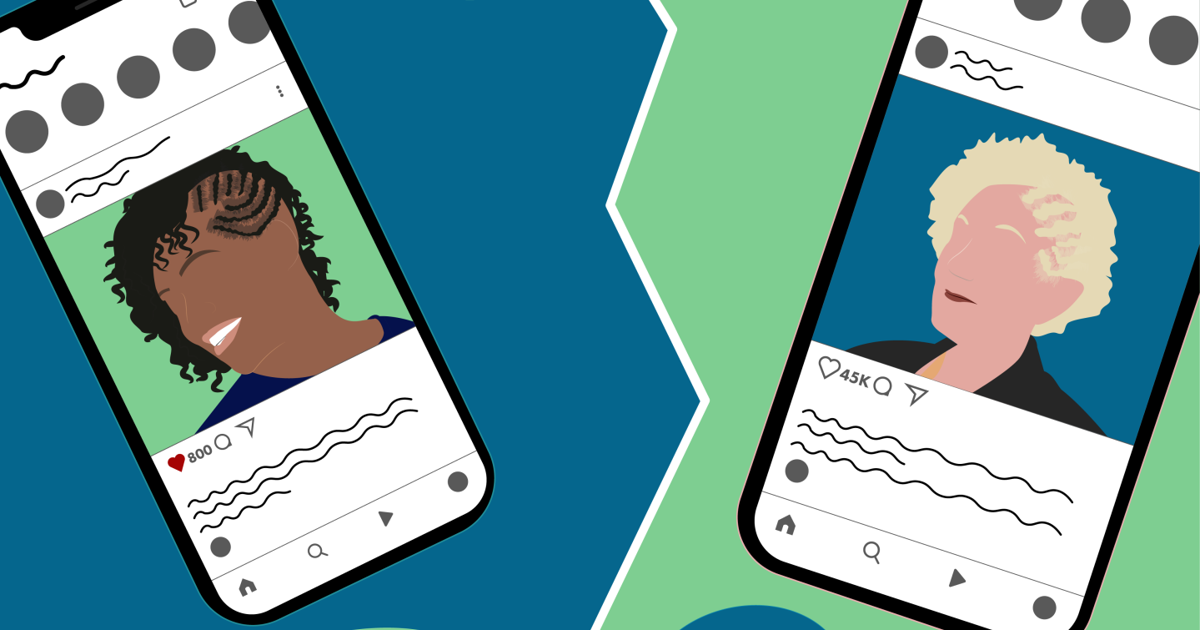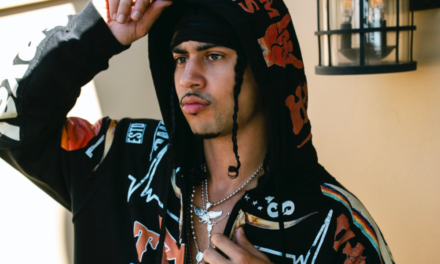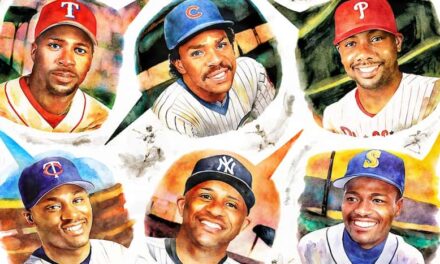
Black people have been the blueprint for many aspects of culture around the globe. Between influencing music, fashion, arts and language, it’s not surprising that many people end up co-opting Black culture and rationalizing it as harmless inspiration. There is, however, a difference between appreciation and appropriation.
Non-Black people have commodified many aspects of Black culture, and hairstyles are no different. Celebrity influences and social media sites like TikTok and Instagram are making many non-Black people believe it’s acceptable to wear traditional Black hairstyles, such as cornrows, box braids and locs.
Experiencing my fair share of hair-based discrimination and witnessing the similar experiences of other Black people, seeing non-Black people repurpose these hairstyles as a gateway to popularity is insulting. Not to mention, this mentally weighs on Black folks since it is already so difficult for us to find community in predominantly white cities, including Flagstaff.
The Black community deserves to have their culture respected, not have it used as a cheap gimmick for popularity or fame.
Hairstyles created by Black people have historical and cultural meaning tied to them, most notably during the Jim Crow era, periods of slavery and before settler colonialism.
Cornrows originated in West Africa but were mostly utilized during slavery by Black Americans. It was a style that was easy to maintain and, more importantly, communicated critical information about escape routes to slaves who sought freedom. Cornrows were also a symbol of rebellion and resistance from oppressors, marking this style as a method of cultural preservation during enslavement.
Black people in Africa created braided hairstyles, including box braids, to symbolize wealth and status since 3500 B.C. They are traditionally decorated with charms, jewels and pieces of metal to further show power, wealth and prosperity.
Dreadlocks, also called dreads or locs, span many African and Caribbean cultures and religions. This hairstyle held spiritual meaning to Black people as a symbol of resistance, connection to their African roots and a form of nonconformity, especially during the transatlantic slave trade.
Many non-Black people either do not know or understand the extensive history behind Black hairstyles, which leads to cultural appropriation.
Black hairstyles also serve practical purposes, such as protecting hair from the elements, minimizing the need for maintenance and retaining moisture. This is especially important due to how coarse Black hair is in its natural state, requiring a lot of care.
Starla Soloway, one of many white TikTokers, went viral in late 2023 for mocking Black culture by wearing box braids. She cut them out weeks later because her hair became matted and damaged.
It is unnecessary for non-Black people to utilize these hairstyles because of the fineness of their hair. They are designed for coarse and coily hair, requiring a lot of tension on the scalp that can damage looser hair types.
Many non-Black people claim it is OK to wear certain hairstyles when they have Scandinavian or Celtic ancestry. People claiming these ancestral ties commonly see inaccurate portrayals of Scandinavians or Celtics in TV shows with what they believe to be “dreadlocks.” This is not the case, as many of the people in these regions historically had long, straight hair. Many archeological findings suggest that these individuals combed their hair or had them in Danish-style braids.
Outside of social media, celebrities such as Justin Bieber and Miley Cyrus have appropriated traditional Black hairstyles and played them off as “cool” or “trendy.” K-pop stars, such as HyunA and Lisa of BLACKPINK, have worn Black hairstyles as well.
Not only is this disrespectful to the historical importance of these hairstyles, it disregards the experiences many Black people have to endure from society for being proud of their culture. It also influences the general public to believe appropriation is acceptable when, in reality, it shows a lack of awareness.
There are numerous examples of Black people facing discrimination from society over wearing these hairstyles, including wrongful school suspensions, firings from their jobs and overall racial profiling.
This avenue of institutionalized racism harming the Black diaspora causes many Black people to hate their hair. The disdain stems from wanting to be closer to “whiteness,” as whiteness equates to protection in our society. These societal standards caused texturism to be another form of division among Black people.
As a form of resistance to these oppressive standards, activists formed the Natural Hair Movement in the 1960s, which motivated Black people to not conform to Eurocentric standards of beauty and to love their hair in its natural state. The evolution of the Natural Hair Movement led to the creation of The CROWN Act bill in 2019, a legislation that would prevent discrimination in work and educational environments due to someone’s hair.
Even with these movements, Black people still face the same discrimination as before due to their hair. Anti-Blackness runs deep within society, bred from colonialism, and it’s not just something that can be solved overnight with legislation.
These hairstyles have extensive history behind them, so Black people have every right to critique those who choose to disrespect Black culture.
Non-Black people wearing the same hairstyles that society teaches Black people to hate is not only a slap in the face, but it shows ignorance of the struggles Black people face in a society dominated by Westernization.
If non-Black people are serious about standing in solidarity with the Black community, then they have to end the appropriation of Black hairstyles for their own gain and work to understand why it’s not “just hair.”




